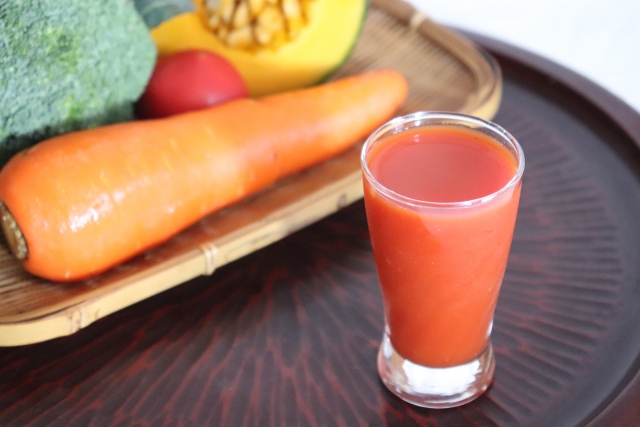1. The Juicing Process
Fruit juice is made by squeezing or blending fruit at high speed. In this process, the ‘dietary fiber,’ which is abundant in the pulp and skin of the fruit, is mostly destroyed or filtered out.
2. The Importance of Dietary Fiber
Dietary fiber plays a crucial ‘braking’ role, regulating the speed at which the sugar (fructose) in the fruit is absorbed by our body.
– When Eating Whole Fruit: Thanks to the chewing process and the rich fiber in the pulp, we absorb the fructose gradually. This helps blood sugar to rise gently.
– When Drinking Juice: Juice, with the fiber ‘brake’ removed, is essentially ‘sugar water’ with some added vitamins. The liquid sugar is absorbed rapidly by our body almost immediately after drinking, causing a sharp spike in blood sugar.
3. Glycemic Index (GI) Comparison
– Whole Orange GI: approx. 43 (Low)
– 100% Orange Juice GI: approx. 50 (Low)
– Whole Apple GI: approx. 36 (Low)
– 100% Apple Juice GI: approx. 41 (Low)
While the numbers might not seem dramatically different, the bigger problem is that juice provides little satiety, making it easy to drink a large amount. A cup of juice often contains the sugar of 2-3 pieces of fruit, making its Glycemic Load (GL) much higher than eating one whole fruit.
Summary: Even for the same fruit, drinking it as a juice, with its blood sugar-buffering fiber removed, will cause blood sugar to rise much faster and higher. People with diabetes should eat a measured portion of whole fruit, with its fiber intact, instead of drinking juice.


Leave a Reply